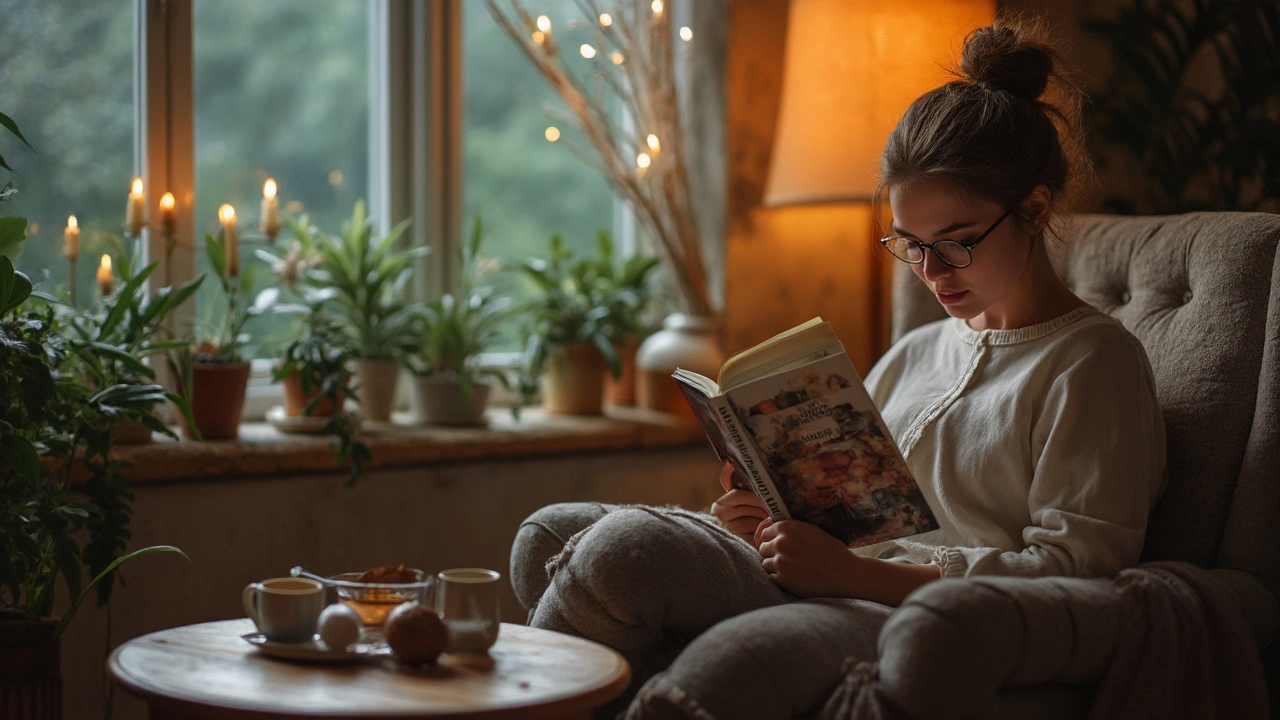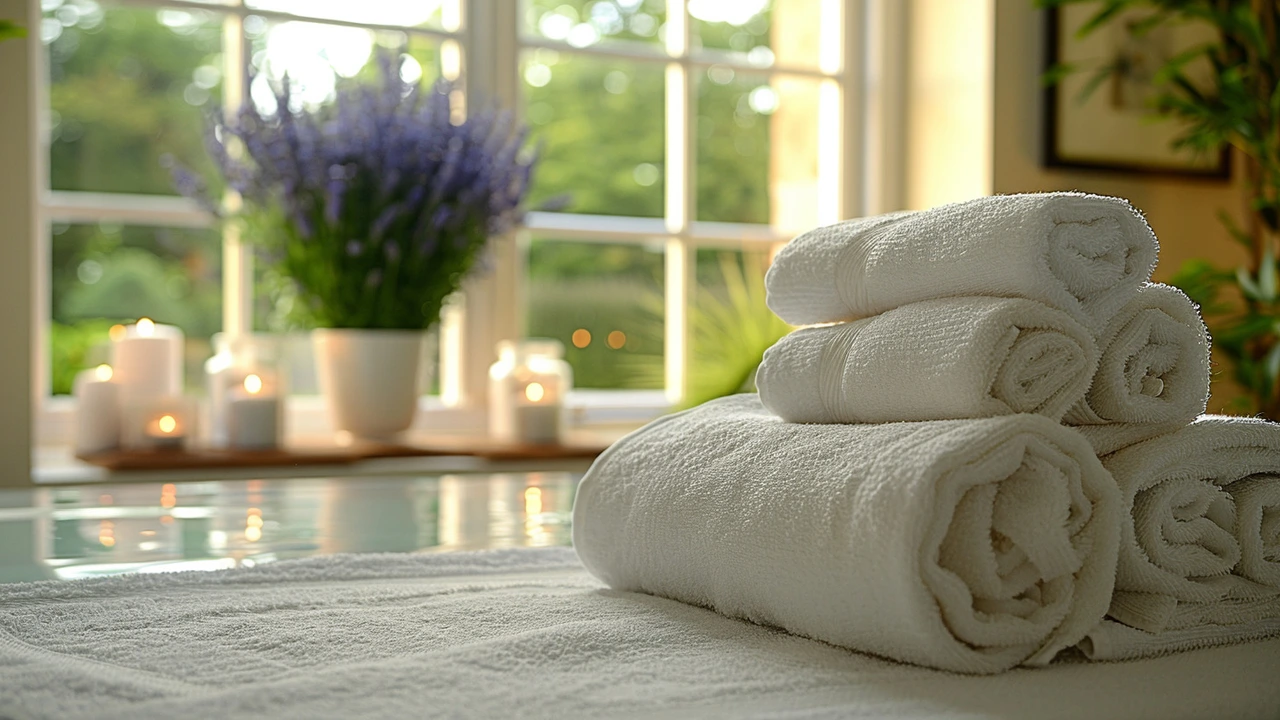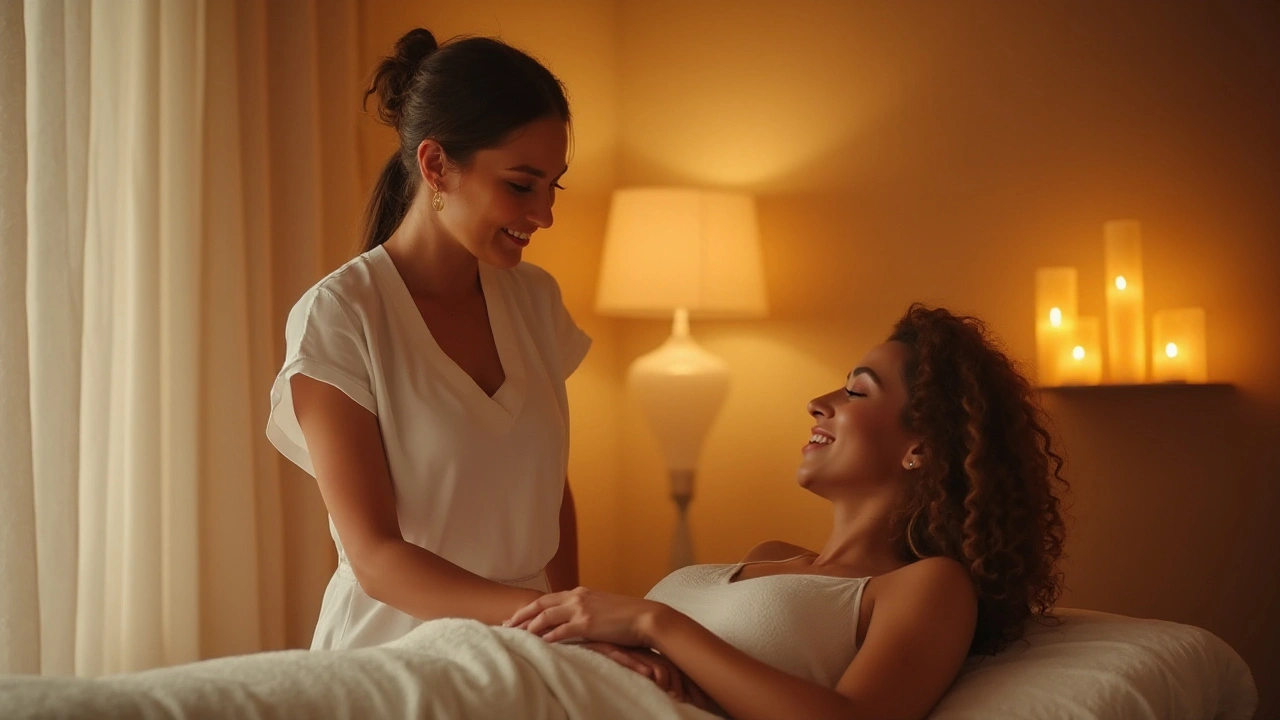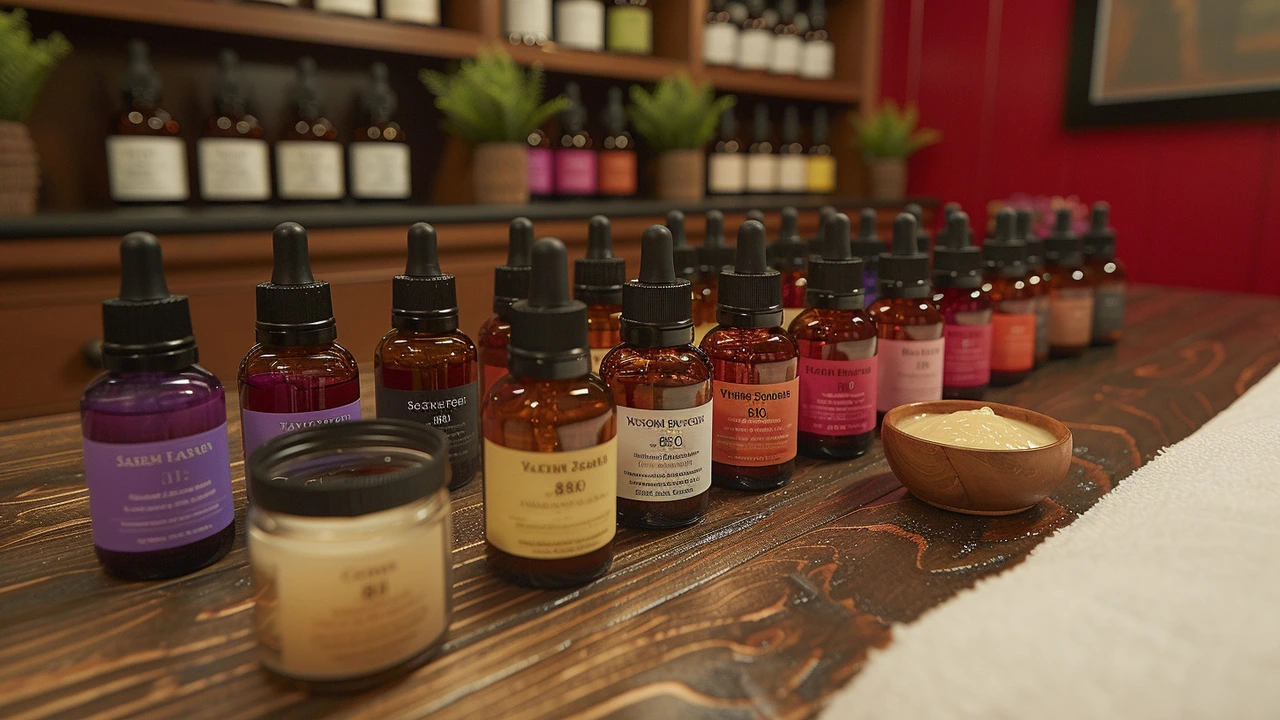Shiatsu Massage Benefits: Why More People Are Choosing Japanese Bodywork

Shiatsu isn’t just having a moment—it’s exploding onto the scene. When people mention “pressure points” and “Japanese bodywork” at cafes from Perth to New York, they’re talking about shiatsu. Even my local gym is offering trial sessions. And no, this isn’t just some “fancy” alternative that’s come and gone. There’s a reason it’s stuck around since early 20th-century Japan. Shiatsu gets right to the knots of your life, blending ancient philosophy with something your aching back will seriously thank you for. You probably know someone who swears by regular shiatsu treatments, and if you haven’t tried it yet, you’re about to see what all the fuss is about.
What is Shiatsu Massage—and Why Does It Stand Out?
Forget the oil-drenched Swedish massage or the elbow-heavy deep tissue session. Shiatsu massage runs in a completely different lane. What sets it apart? At its heart, shiatsu is about touch with intention—using fingers, thumbs, and palms, the practitioner applies pressure to specific spots (yes, those pressure points), along with stretches to loosen you up. The goal isn’t just muscle relief. It’s to balance your body’s energy, called “qi” or “ki,” which is a bit like making sure all circuits in your body are switched on without sparking out.
The technique itself takes inspiration from traditional Chinese medicine, specifically acupuncture (without the needles, don’t worry). Tokujiro Namikoshi, a Japanese healer, developed modern shiatsu in the 1920s. He saw improvement in his mother’s rheumatoid arthritis from his touch and focused on scientific explanations, blending science and tradition. By 1964, Japan officially recognized shiatsu as a separate therapy—not just a type of massage.
Why all this hype right now? Two words: chronic stress. Life since 2020 has been a bit much, right? With smartphones buzzing round-the-clock and work-from-home routines, our bodies are tight and minds frazzled. People now crave something deeper than a surface-level rubdown. Add to that some promising research and a growing stack of positive reviews for shiatsu, and you get a trend that actually earns its buzz.
Here’s another twist: shiatsu’s accessible. Unlike massages that need lotions or private rooms, shiatsu can be done over clothes, even while sitting in a chair. That’s part of why you’re seeing it everywhere from yoga studios to corporate offices. And yes, it’s safe for most people—whether you’re an NBA hopeful or someone whose biggest workout is cuddling your cat (which, by the way, Teddy is a pro at).
But it’s not just hype. Already by 2025, the Google search for “shiatsu near me” has doubled compared to last year in Australia, especially in cities like Perth and Melbourne. More training schools are popping up, too. Got a friend who’s suddenly studying Japanese terms like “tsubo”? You can bet shiatsu is involved.
The real reason people keep coming back? The results are hard to ignore: improved posture, less back pain, even a better mood after sessions. If you’re the type who checks online reviews before trying something new, you’ll notice scores of people claiming this is the first time they’ve actually relaxed in years.
How Shiatsu Works: Beyond the Basics
An actual shiatsu session isn’t as mysterious as it sounds. You’ll usually lie on a padded mat or table, in comfy clothes. The practitioner will use their hands—not elbows or feet—to press gently but firmly on certain areas, sometimes using rhythmic patterns that match your breath. These aren’t random spots. Each pressure point follows the body’s energy meridians, a bit like following invisible train tracks laid out centuries ago. Think of it as troubleshooting a map of your soreness and tension.
One cool thing: the practitioner won’t just poke and prod. They might stretch your limbs, rotate your joints, or gently rock your body. It feels a bit like assisted yoga or passive stretching. This combo of pressure and movement helps loosen up tight muscles and get energy flowing again. The idea is to remove “blockages”—spots where tension, pain, or stiffness has pooled.
If you’re worried about pain, relax. A good shiatsu therapist never goes harder than you want. Pressure should be Goldilocks-level—just right, never painful. That’s why it’s popular among people of all ages, including older adults or folks with chronic conditions who can’t manage rougher styles.
Research has started to catch up to what fans have always claimed. Several small studies out of Japan, the UK, and Australia have shown benefits for back pain, tension headaches, PMS, and even anxiety. One randomised trial in 2022 found that weekly shiatsu sessions for eight weeks improved both sleep and mood in adults with insomnia. It’s not a magic bullet—but there’s real evidence behind the feel-good.
For those looking to try shiatsu at home, there are beginner-friendly guides popping up across the internet. Here’s a simple trick: if your shoulders are tense, use your opposite hand to press (not pinch) the muscle right above your shoulder blade for five slow breaths. Chances are, you’ll feel a light wave of relief, even after a long day at the computer. Still, it’s worth booking a trained therapist for the full experience—they can target spots you won’t even realise are tight.
Practitioners also often recommend breathing deeply during the session. Why? Studies show that slow, deep breathing lowers your nervous system activity, allowing your body to accept and benefit more from the pressure applied.
| Shiatsu Facts | Details |
|---|---|
| Year of Modern Shiatsu's Origin | 1920s |
| Place of Origin | Japan |
| Average Session Duration | 60 minutes |
| Main Techniques Used | Finger/Thumb Pressure, Stretching, Palming |
| Popularity Increase (Australia 2024-2025) | +110% Google search growth |
| Conditions Commonly Addressed | Back/neck pain, stress, headaches, insomnia |
The variety of ways shiatsu helps is what keeps people talking. For some, it’s pain relief. Others mention a sense of emotional release, like shaking off a heavy coat they never realised they were wearing. Kids and teens—usually hard to please—report feeling lighter and more awake after short, gentle sessions. And yes, even pets respond: I’ve seen dog-friendly shiatsu demos at weekend markets in Fremantle!

The Real-Life Benefits People Stumble Upon
The thing about shiatsu is that people often come for one reason—like a cranky lower back or a stiff neck—but discover all sorts of surprise benefits. For instance, I started going because of climber’s elbow. After three sessions, not only did my arm feel better, but I also noticed my sleep improved, and even that afternoon brain fog faded a bit.
There are plenty of stories like mine. Office workers in Perth say they experience less tension and more energy, especially after long meetings at the screen. One friend, dealing with migraines for years, started getting occasional shiatsu sessions and went from three headaches a week to one every month. Realistic? Yes. A miracle? No—but noticeable enough that she’s now a mega-fan.
What really stands out is the way shiatsu helps with body awareness. Because the therapist asks you to tune in and notice areas of tension, you start becoming more mindful not just during the session, but throughout the day. You catch yourself slouching, clenching, or ignoring pain signals, and gently reset. That “mind-body” connection isn’t just feel-good talk; research from Monash University saw that regular shiatsu improved participants’ ability to notice and manage body stress.
Another fascinating benefit: better lymphatic drainage. All that gentle pressure and stretching actually nudges excess fluids along. This means you might see less puffiness or swelling—something I noticed in my ankles during the last hot Perth summer. There’s also some preliminary data linking shiatsu to improved digestion, as abdominal work (done by a pro, not at home!) stimulates the gut and helps things “move along.”
For athletes, shiatsu is gold because it keeps muscles supple without overworking tender spots. Fitness studios are pairing it with Pilates or yoga sessions as part of recovery packages. Even AFL teams in Victoria have started integrating shiatsu into their physiotherapy routines, according to a 2023 interview with Carlton Football Club’s health staff.
And let’s talk about stress. A 2024 survey in Australia showed that 68% of adults who tried shiatsu for the first time felt “noticeably calmer and more focused” for at least 24 hours post-session. If you hate that post-massage oil slick feeling, you’ll love that no products are used in shiatsu, making it perfect for people with sensitive skin or allergies.
- Helps with body aches and chronic pain
- Boosts energy and focus
- Encourages emotional release
- Improves sleep quality
- Supports recovery in athletes
- May ease digestive discomfort
- Promotes body awareness
- Safe for most ages and conditions
One quirky tip: if you can’t get to a therapist, a simple tennis ball under your back or feet can mimic shiatsu pressure at home. Just roll it along your muscle knots and take slow, deep breaths. Maybe don’t try this while your cat is chasing the ball, though—it can end in chaos!
What to Expect in Your First Shiatsu Session—and Tips for Best Results
If you’re new, your first shiatsu session can feel a bit different from other massages. Don’t expect oils, fluffy robes, or spa music (unless you book at a day spa that offers it). You’ll leave your clothes on—usually loose, comfy ones—and lie on a mat or low table. Before anything starts, the therapist will chat about your aches, injuries, sleep habits—sometimes even your digestion or mood. This isn’t just small talk. They’re building a custom map of your “energy” patterns and soreness spots.
During the session, you’ll notice a combination of gentle pressure, stretching, and rocking. The therapist watches your breathing and adjusts their technique in real-time—no “pre-set routine”. If something feels painful or weird, speak up. Shiatsu is about teamwork between you and your therapist. And remember, relaxation is the main event, but don’t be surprised if you feel a bit emotional or even spaced out after. That’s your body recalibrating, so it’s completely normal.
Wear clean, loose clothes that don’t restrict movement. Eat lightly before your appointment; a big meal right before is a recipe for awkwardness. After your session, drink a glass of water to help your body flush out all that moved energy. If you’re rushing off to work, try to schedule a small window for quiet time after—most people feel clearer but slightly dazed the first time, kind of like waking up from a dream. Let that good feeling settle in.
One more thing: check your therapist’s credentials. In Australia, qualified shiatsu practitioners often have a Diploma of Shiatsu and Oriental Therapies (HLT52215). Many are also registered with professional bodies like the Shiatsu Therapy Association of Australia (STAA). This matters because it means your therapist knows anatomy, not just healing hand gestures.
For those keen to try DIY shiatsu at home, many practitioners offer brief self-care tips during sessions. For example, pressing the soft spot between your thumb and index finger for 30 seconds helps with headache tension. There are also simple partner techniques—like gentle pressing along the spine with palms—if you want to turn a Netflix night into something more restorative.
What’s next for shiatsu in 2025? It’s showing up in all sorts of places: community centers, mindful living workshops, even pet care clinics. Parents are learning basic shiatsu moves to calm anxious kids before school. Offices are hiring therapists for “wellness breaks.” With its blend of tradition, science, and real-world results, shiatsu feels less like a passing trend and more like a long-term toolbox for feeling better—body, mind, and maybe even heart.





